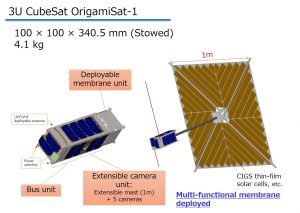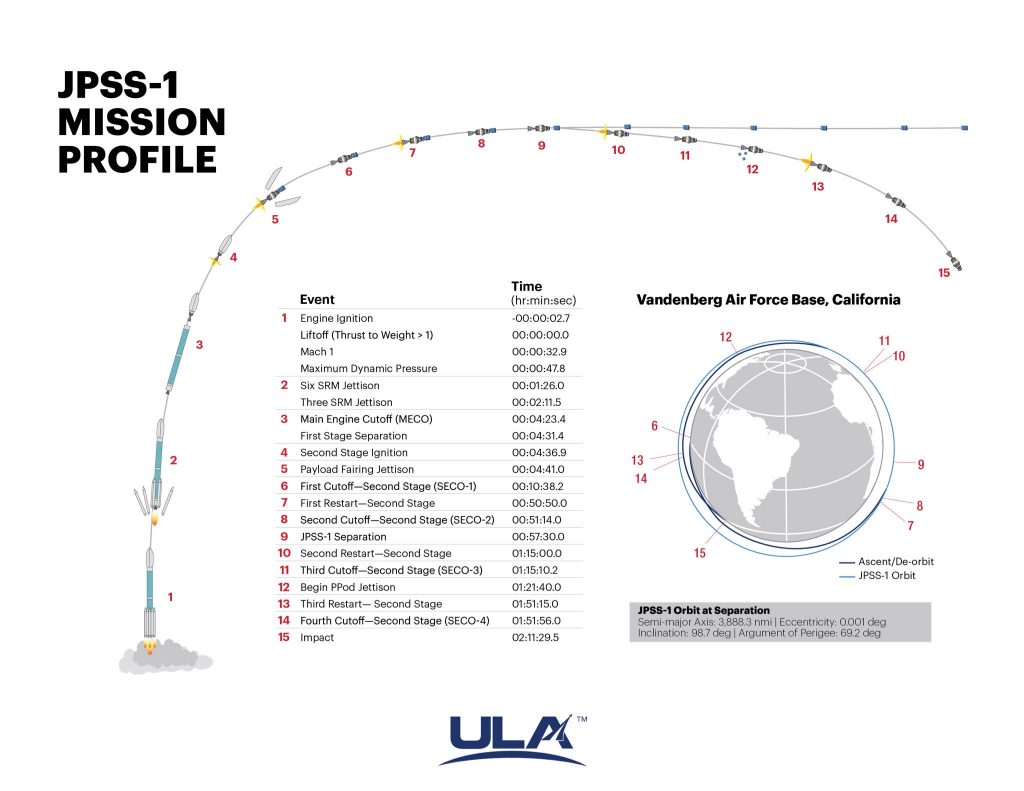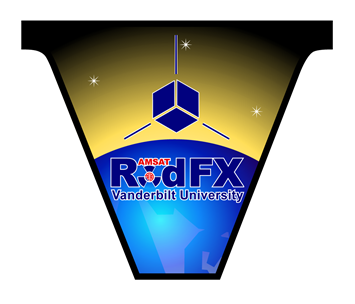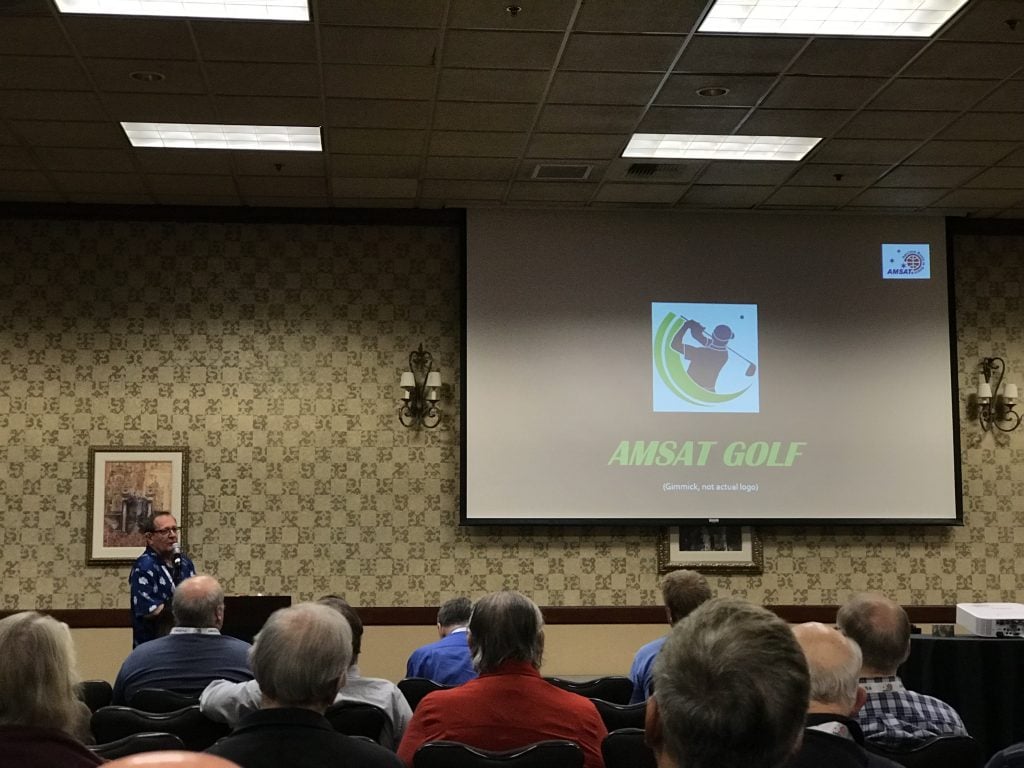Every time a CubeSat gets launched, there is some confusion on what TLEs should be used. This is the result of the process of launching a new amateur CubeSat with other CubeSats, often several dozen at a time. We then start the process of determining which object in a “flock” of CubeSats is associated with a particular spacecraft.
Pre-launch TLEs that are calculated based on the expected orbit are usually supplied by the launch provider. Pre-launch TLEs are used until post-launch TLEs (for the group of objects that your satellite is in) are released from the US Department of Defense Joint Space Operations Center (JSpOC) based on observations made with cameras and radars.
There is a a 5 to 10 day period of tracking a group of CubeSats until they separate enough to isolate the one of interest. By observing the Doppler shift on transmissions from a particular satellite against the calculated Doppler shift from all candidate object TLEs, we can positively associate an object with a particular satellite. In the case of AMSAT satellites, we then advise JSpOC which object number is “ours”.
Finally, an individual satellite and its associated TLEs are determined and we settle down to an single, accurate, reliable set of TLEs … and all the other “best guesses” go away, although they may be still floating around on the Internet. But, there are so many variables – did you launch on time, did you get released on time, has the group your CubeSat is in separated enough to identify your satellite, etc. that the process that can be both confusing and annoying at the same time.
AMSAT strives to minimize confusion when distributing TLEs. Dummy object numbers are used for pre-launch TLEs since final object numbers cannot be assigned yet. Immediately post launch we may post candidate objects with generic names like “OBJECT C”. Finally, when positive association between an object number and a spacecraft is made, we will use the common name of the satellite. We always recommend using TLEs from the Keps mailing list or the current bulletin or bare elements from the AMSAT web site.
by Ray Hoad
WA5QGD
Orbital Elements Manager




